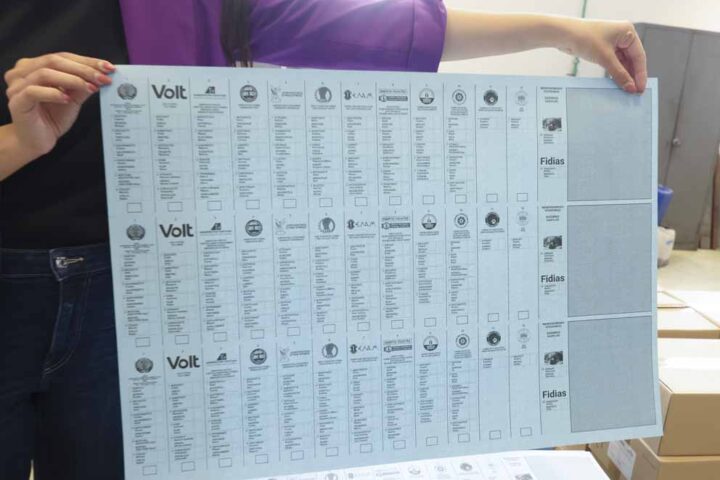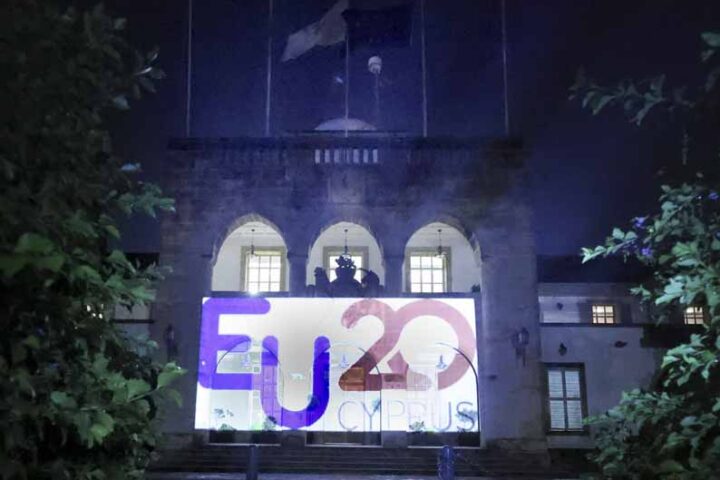GUEST COMMENT
WASHINGTON — The Doha Round of multilateral trade talks has already died a thousand deaths. But, apart from the bureaucracies in Geneva, Brussels and Washington, few are grieving.
That’s because the world economy is moving forward without a World Trade Organisation treaty. While Doha negotiations have sputtered on for seven years, annual global trade flows have increased 70% to US$14 trln, real annual foreign direct investment is up 25% to US$1.5 trln and the global economy has expanded by 30% to US$54.4 trln, my research into official figures reveals. This compares with estimated benefits from full Doha Round success of US$287 bln a year.
These trends can continue, particularly if governments implement more domestic “trade facilitation” reforms.
Trade facilitation means streamlining the administrative and physical procedures involved in actually moving goods across borders–the reforms that have already contributed handsomely to the increase in global trade, investment and output.
In fact, experience shows that trade facilitation alone could do even more to increase global trade flows than further reductions in tariff rates. For example, just a one-day reduction in the average time required to move both outbound and inbound US cargo through customs and to fulfill all other administrative requirements could increase US trade by almost US$29 bln per year.
While stroke-of-the-pen tariff reduction is indeed an important component of increased trade, those lower tariffs will not improve trade flows if bureaucratic customs procedures and shoddy logistics and communications are still in place.
In developing countries the average customs transaction involves 20 to 30 parties and requires 40 separate documents to complete, a 2004 UN study showed.
But good progress has been made on trade facilitation. In the past three years, 55 countries have implemented 68 reforms to streamline procedures. India introduced an on-line customs declaration system which allows clearance to begin before the ship docks and helped reduce delays for exporters and importers by seven days. Rwanda partially privatized its customs-bonded warehouses, which sparked construction of new warehouses and a 40% reduction in storage fees. FYR Macedonia eliminated duplicate customs procedures, slashing waiting times by 75%. While these actions have encouraged investment and greater trade flows, there is still room for improvement.
The World Bank’s latest Doing Business survey offers the anecdote of a Yemeni fish exporter, Tarik, whose fortunes are limited by the persistence of bureaucratic export procedures. Tarik can sell fresh tuna to Germany for $5.20 per kilo or frozen tuna to Pakistan for US$1.10 per kilo. Of course he would prefer to sell everything fresh to Germany. Instead, because it takes on average 33 days to get official clearance to export from Yemen, he sells only 300 fresh tons to Germany and 1,700 frozen tons to Pakistan, at an opportunity cost of about US$7 mln per year.
The Economist’s Robert Guest once described the process of delivering beer from a port in Cameroon to the interior. A trip that was supposed to take three-quarters of a day took four days because the delivery truck was stopped 47 times at roadblocks, where tolls and other fees were extorted from the driver by police.
Trade increases when barriers fall. Tariffs are barriers, but so are corruption, administrative incompetence, superfluous paperwork, transportation monopolies and the use of antiquated technology.
Governments are becoming motivated to reduce these barriers because business, employment, investment and growth are all affected by the country’s approach to trade facilitation.
Multi-lateral agreements from the latest Doha talks on 21 July to reduce formal trade barriers would be great for everybody. But even if the tottering Doha Round collapses for good, trade and growth can still rise sharply with the right unilateral reforms.







